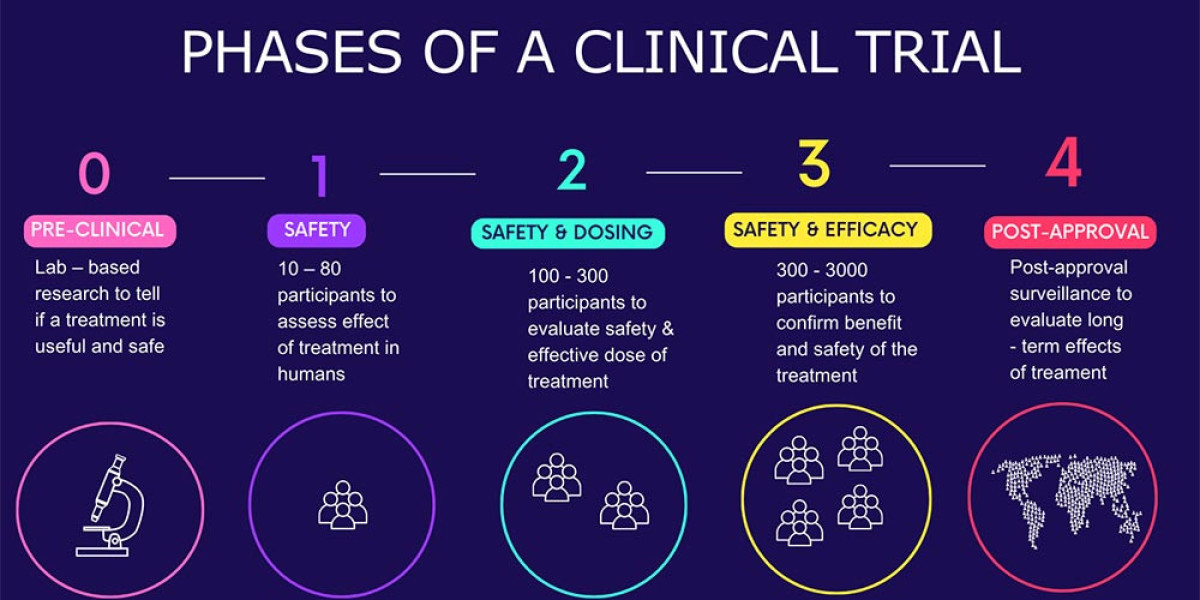The global Soft Covering Flooring Market has been experiencing robust growth, driven by rising demand for sustainable materials, improved building performance, and modern interior designs. According to industry research
While carpets, rugs, and textile-based flooring have long been appreciated for their comfort and visual appeal, their contribution to thermal insulation, energy efficiency, and synergy with HVAC systems is increasingly being recognized as a key value driver in both residential and commercial construction.
Thermal Insulation: The Science Behind the Benefit
Recent studies show that flooring with adequate thermal insulation can reduce heat loss through floors by up to in colder climates. This is significant because nearly of a building’s heat can escape through poorly insulated surfaces.
Soft covering flooring, especially when paired with high-quality underlays, creates a barrier that boosts thermal insulation performance. In regions with extreme temperatures, this helps stabilize indoor environments without over-reliance on heating or cooling equipment.
With building codes in Europe, North America, and parts of Asia requiring improved thermal insulation, flooring is emerging as a cost-effective solution for meeting compliance while enhancing occupant comfort. Manufacturers are investing in advanced fibers, recycled materials, and layered constructions that improve thermal insulation while maintaining premium aesthetics.
Energy Efficiency: A Regulatory and Financial Imperative
Globally, the construction industry is under pressure to deliver projects with higher energy efficiency. Research indicates that improving a building’s thermal envelope, which includes flooring, can cut annual energy consumption by
Soft covering flooring contributes to energy efficiency by reducing the demand on HVAC systems, leading to lower operational costs. In commercial buildings, even a improvement in energy efficiency can save thousands of dollars annually in energy bills.
The adoption of eco-certifications like LEED and BREEAM is further motivating architects and developers to select flooring materials with proven energy efficiency benefits. As more governments offer tax credits and subsidies for energy-conscious construction, the role of flooring in achieving these benchmarks is becoming critical.
HVAC Systems and Flooring Integration
The relationship between flooring and HVAC systems is gaining importance in modern building design. In energy audits, it is common to find that heat loss through the floor forces HVAC systems to work harder, increasing energy consumption by up to 12% in some cases.
When soft covering flooring is installed alongside HVAC insulation strategies, the performance of HVAC systems improves significantly. This integration leads to better temperature regulation, reduced energy costs, and extended equipment life.
Engineering teams are now modeling the combined effects of flooring and HVAC systems in computational simulations, ensuring optimal designs for energy performance before construction even begins.
The Connection to Pipe Insulation Suppliers
The synergy between flooring manufacturers and pipe insulation suppliers is rooted in material science. Both industries aim to manage heat transfer, albeit in different applications. Materials sourced from pipe insulation suppliers—such as high-density foams and thermal barriers—are increasingly being adapted for flooring underlays.
Market analysis reveals that large-scale commercial projects often involve collaboration between flooring companies and pipe insulation suppliers to ensure thermal performance across all building systems. This integrated approach supports energy efficiency targets while delivering long-term operational savings.
Foam Insulation Price: Market Sensitivity
One of the most sensitive cost factors for flooring manufacturers is the foam insulation price. High-performance carpet padding and underlay materials rely on foam structures for durability and thermal insulation.
Over the past two years, volatility in the foam insulation price—driven by fluctuations in petrochemical markets and supply chain disruptions—has impacted flooring costs by 8-15% in some regions. This has prompted manufacturers to seek alternatives, including recycled foams, bio-based polymers, and hybrid insulation materials.
By managing the impact of foam insulation price trends, companies can maintain competitiveness while delivering consistent product performance.
Adapting HVAC Insulation Technology
Innovations in HVAC insulation are influencing flooring development. Techniques such as reflective barrier layers, multi-density foam compositions, and vapor control membranes—originally developed for HVAC insulation—are being adapted to carpet and textile flooring products.
The application of HVAC insulation principles in flooring increases its thermal resistance (R-value), thereby enhancing its contribution to energy efficiency. This cross-industry innovation is particularly relevant in high-performance building projects, where multiple systems must work together to meet stringent efficiency requirements.
Market Trends and Growth Drivers
The Soft Covering Flooring Market is supported by several key trends:
- Sustainability and Green Building Standards – Flooring that improves thermal insulation and energy efficiency is increasingly preferred in sustainable construction.
- Technological Integration – The alignment between flooring, HVAC systems, and HVAC insulation strategies is creating new opportunities for performance optimization.
- Collaborative Supply Chains – Partnerships between flooring manufacturers and pipe insulation suppliers are fostering innovation in insulation materials.
- Cost Management Strategies – Monitoring and adapting to foam insulation price trends ensures competitive product offerings.
- Urbanization and Renovation Demand – Rapid urban development and increased renovation projects are driving sales in both residential and commercial sectors.
According to forecasts, the Asia-Pacific region is expected to witness the fastest growth, with annual demand rising at 6% CAGR, largely due to infrastructure investments and stricter building codes promoting energy efficiency.
Conclusion
The Soft Covering Flooring Market is shifting from a style-driven segment to a performance-oriented one, where thermal insulation, energy efficiency, and compatibility with HVAC systems are critical differentiators.
By leveraging partnerships with pipe insulation suppliers, staying ahead of foam insulation price fluctuations, and integrating HVAC insulation technology, flooring manufacturers can deliver products that meet the evolving demands of sustainable construction.
As building regulations tighten and consumer awareness grows, the industry’s ability to merge comfort, design, and measurable performance will define its success in the next decade.



